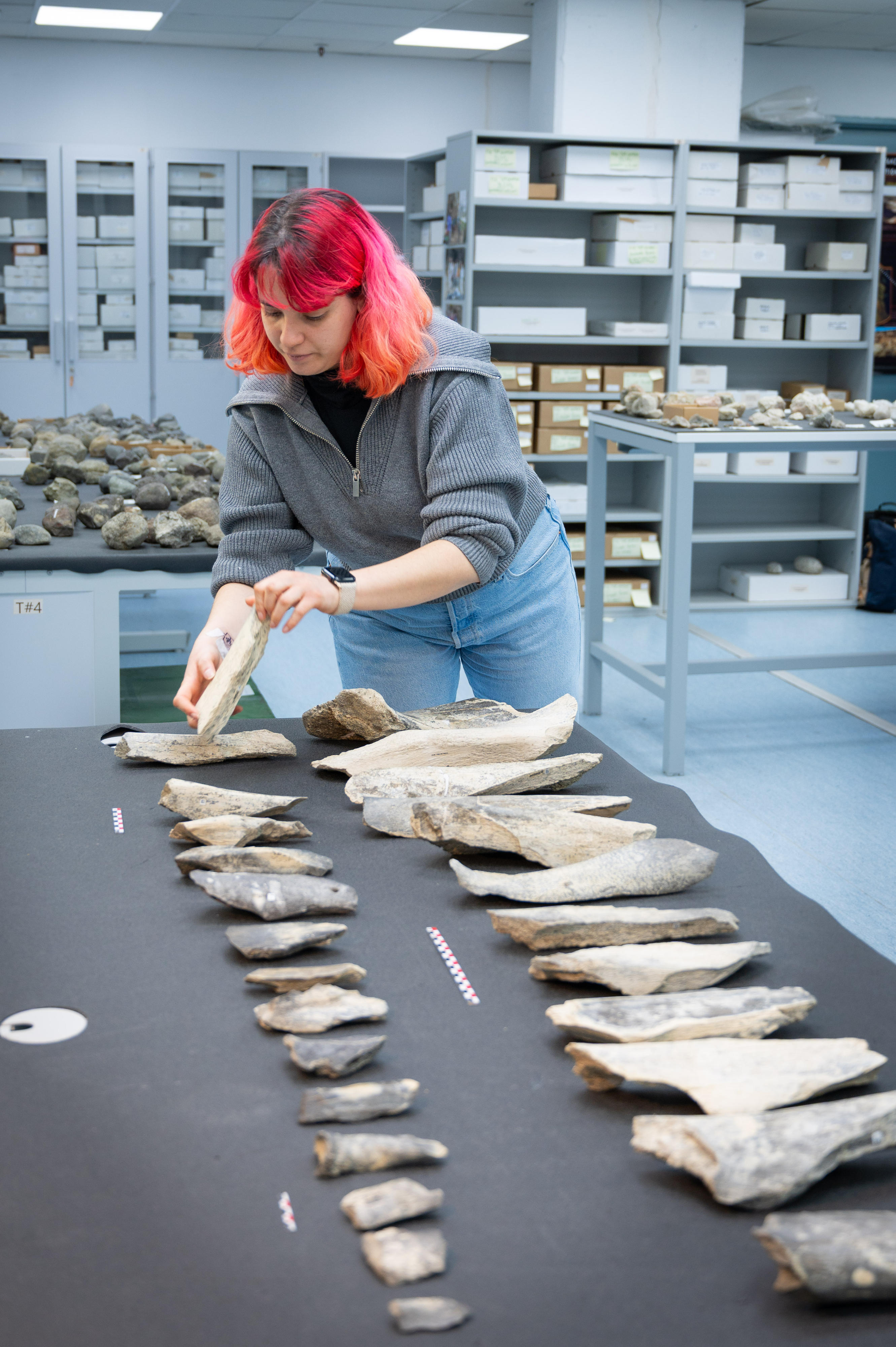Tools were made from bones as well as stones in East Africa 1.5 million years ago, new research reveals. The finding adds to growing evidence of technological sophistication among early humans that far exceeds what has traditionally been acknowledged.
ADVERTISEMENT
Long before Homo sapiens walked the Earth, early humans – and even pre-humans – were using carefully chosen stone tools. The oldest evidence we have of these dates back around 3.3 million years, but we know monkeys today use stones that look confusingly similar to some of those made by our ancestors. Since those ancestors had brains larger than monkeys, it would not be so surprising if stone tools began even earlier.
However, the regular use of bones as tools is uniquely human (as far as we know) and was thought to originate much later, with the oldest known examples dating back 400,000-250,000 years ago. Older bone tools have been found, but these appear to be isolated examples responding to circumstances, not something passed on as part of culture, and not carefully shaped the way stone tools were.
However, at Olduvai Gorge – the site where Homo habilis‘s discovery reshaped the human family tree – paleontologists have found many bone tools dated to 1.5 million years ago. The gorge is so significant because it offers insight into our ancestors’ development over millions of years.
The findings are not haphazard work by some random bored ape: 27 tools have been found that are similar enough that the team that found them calls them “standardized”. On average, they carry 12.9 flake scars, placed consistently along their lateral edges and apparently made using handheld hammerstones.

The bone tools found at Olduvai spread out at CSIC’s Pleistocene Archaeology Lab.
Image Credit: CSIC
The bones are mixed with stone tools associated with the Acheulean culture, whose distinctive style of toolmaking deviated from the Oldowan technology which had been in use for more than a million years. Oldowan tools get their name from Olduvai Gorge, but have been found far more widely.
The tools were made from limb bones that came mainly from hippopotamuses and elephants, along with two from relatives of cows and some whose source could not be identified. Hippos were the most common large animal at the site, but elephants appear to have been rare.
ADVERTISEMENT
Some of the elephant bones were apparently carved to a useful shape offsite and brought back to the Gorge, or the inhabitants recognized their potential and transported them back for use, either of which required planning.
“By producing technologically and morphologically standardized bone tools, early Acheulean toolmakers unravelled technological repertoires that were previously thought to have appeared routinely more than 1 million years later”, first author of the study Professor Ignacio de la Torre of the Spanish National Research Council said in a statement. “This innovation may have had a significant impact on the complexification of behavioral repertoires among our ancestors, including enhancements in cognition and mental templates, artefact curation and raw material procurement”
Stones are hard and abundant, but there are benefits to having a range of materials on which one can draw. For one thing, finding stones as long and thin as a hippopotamus femur is uncommon, and that’s a shape well-suited to being swung.
Important as the bone tools are, they’re still vastly outnumbered by the 10,900 stone tools longer than 2 centimeters (0.8 inches) found in the same T69 complex of the Gorge’s Frida Leakey Korongo West Gully. How many more bone tools were deposited there but decomposed in the interim can only be guessed, but the tools are outnumbered almost a hundred-to-one by unworked vertebrate fossils and unidentified bone fragments.
ADVERTISEMENT
“Our discovery indicates that, from the Acheulean – period in which the T69 Complex site was formed and where humans already had a primary access to meaty resources – no longer were animals only dangerous, competitors or just foodstuff, but also a source of raw materials for producing tools”, de la Torre said.
The previous oldest examples of bone tools shaped in a consistent style were all from Europe, so the discovery of something much older in Tanzania removes another technological advance from the list of those supposedly made after we left Africa.
The paper is published in the journal Nature.
Source Link: Humans Have Been Producing Bone Tools For Over 1 Million Years Longer Than We Thought